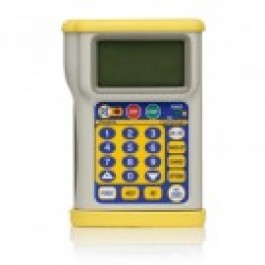IV pumps are effective tool to insert medication, fluids or other nutrients to the patient’s body. If you are going to purchase IV pumps you need to take care of following terms in order to avoid inconvenience and for safety purposes such as-
- Always use certified IV pumps. In certified IV pumps there is no chance of failure. The possibilities of silently failure of pump or improper assembling of pump is almost nil in this type of pumps. You will have error indication when it stops pumping.
- Always check the Batteries of IV pumps for uninterrupted operation even in power failure of pump is unplugged.
- Try to avoid using Anti-free-flow devices because these devices drain blood from the patient’s body. Some time it cannot enter in patient’s body freely at the time of infusion pump is being set up.
- In a good IV pump “down pressure” sensor can detect if patient’s vein is blocked. It can also determine if patient is kinked. Basically this sensor is found in subcutaneous/epidural or venous IV pumps.
- In a good IV pump an “air-in-line” detector must have. This typical detector is used to detect if air is being pumped to the paint’s body in ultrasonic transmitter/receiver. Some IV pumps are used to measure the volume of air and most of IV pumps have o.1 to 2 ml of volume of air in it. This little amount of air is not harmful but the sometimes it can interfere with the infusion of low dose medicine.
- An “up pressure” sensor is used to check whether syringe or bag is empty or not. If bag or syringe is being squeezed it can also be detected from this sensor.
- Most of the infusion pumps are programmed with customized drug library. You can program the limits of dosage of drugs in it. It can easily detect if certain dose of medicine will not given to the patient. In this way it helps to avoid medication errors. In large volume pumps there is mechanism used to control the drug large.
- In lots of IV pumps you can find internal electronic log which can record thousands of therapy events. An electronic chip is attached with the clock of IV pumps which can be record time and date. Even you can erase all the data of electronic log by using security code. In this way this electronic log is the safest way to record all the data of patient.
- Nowadays’ infusion pumps can be configured with small chips. This subset of configuration can be used while operating in order to avoid fault of untrained staff, tampering of patient and unwanted visitor.
Nowadays Patient-controlled IV pumps are on-demand. This type of IV pumps come with pre programmed ceiling in order to avoid intoxication. The rate of fluid or medication can be controlled by a pressure pad or button by the patient him/herself. This IV pumps are based on PCA or patient controlled analgesia. To purchase all type of IV pumps you can visit www.willowmed.com.


